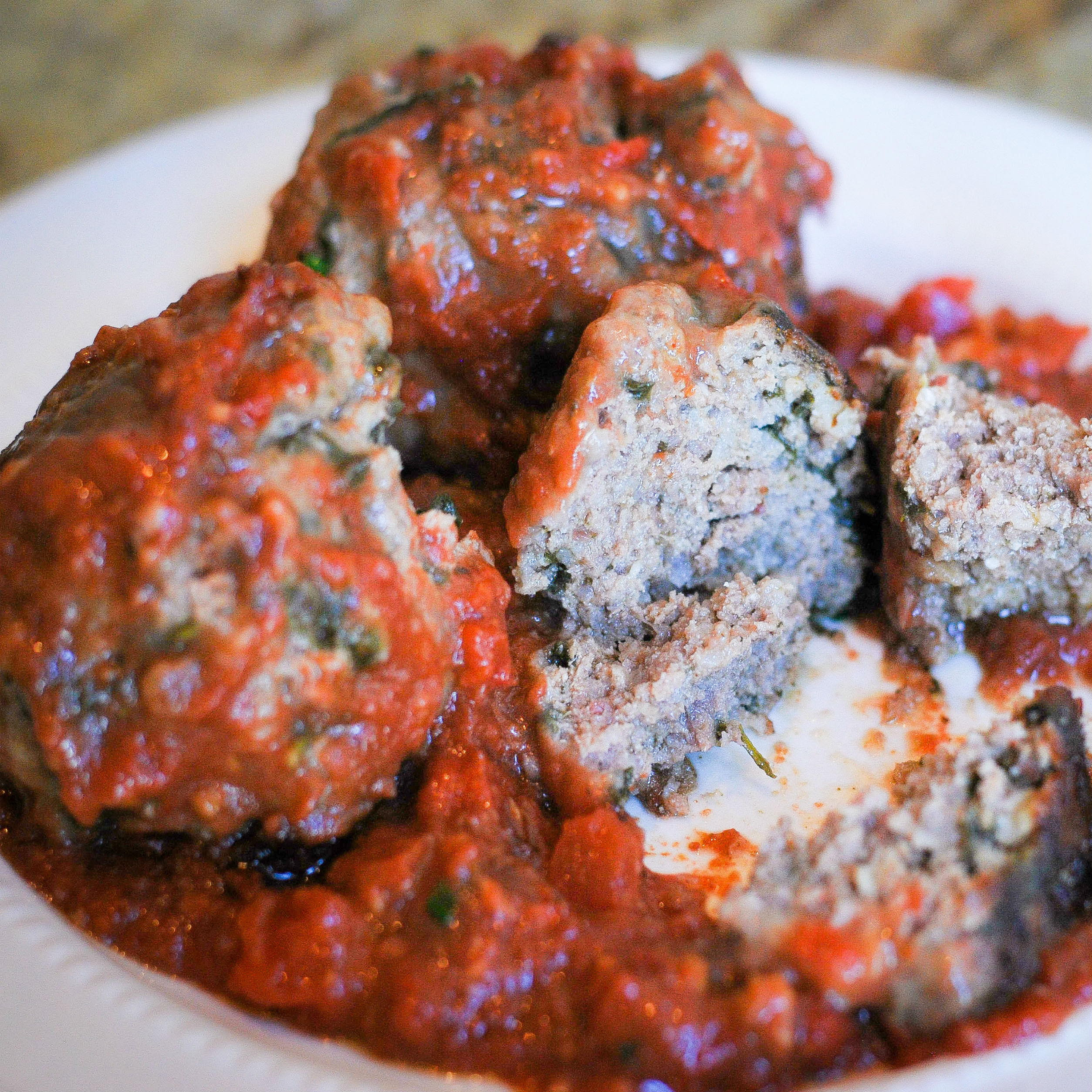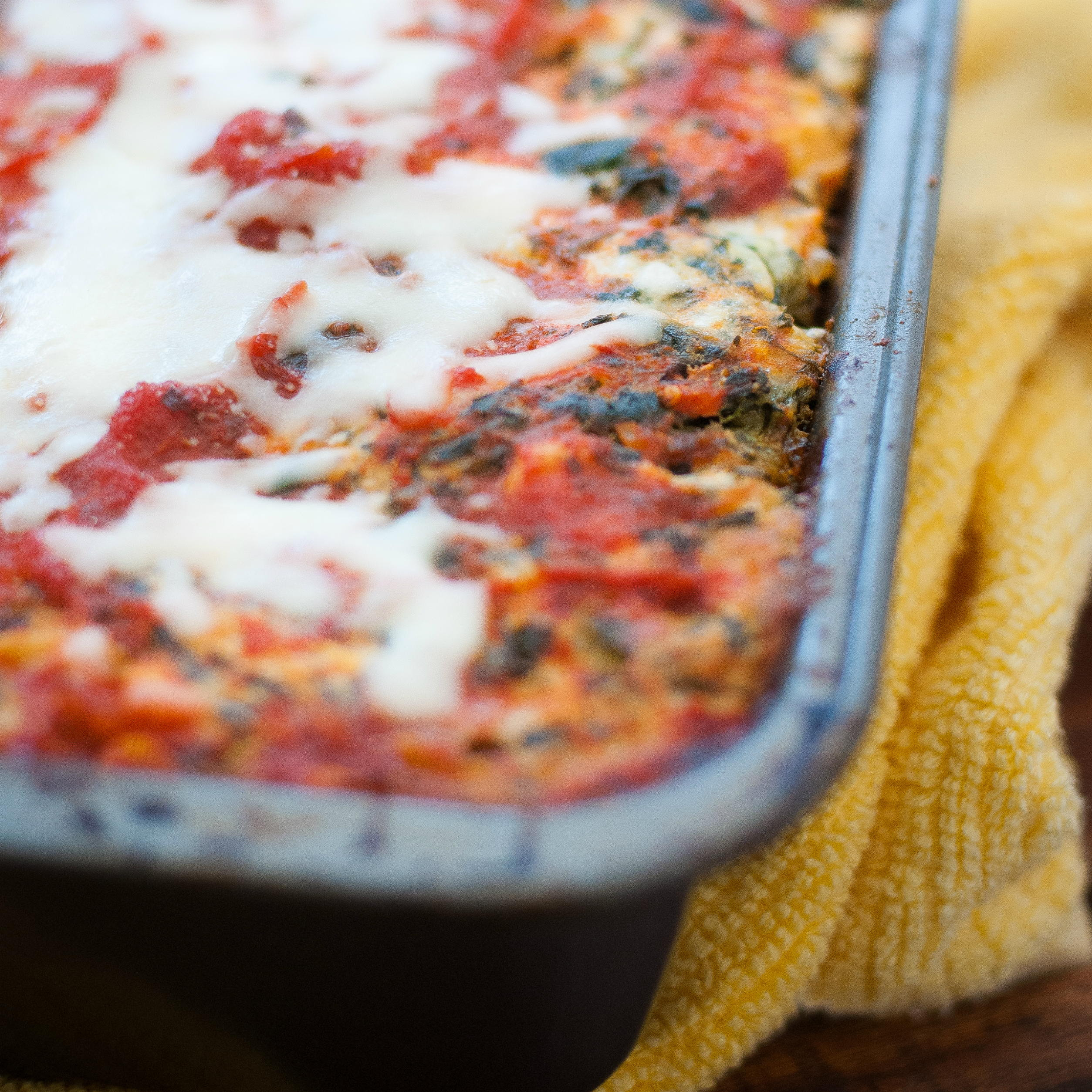If you have been recently diagnosed with type 2 diabetes, you may be feeling overwhelmed. The thought of checking your glucose levels, planning meals, and remembering to take medications at specific times can be daunting. But while it does take some diligence, you can establish a daily routine that will have you managing your condition with minimal impact on your day-to-day activities.
Individuals who maintain healthy blood glucose levels all cite one key factor: consistency. “It doesn’t mean you can’t be flexible, but there is something comforting about sticking to a routine,” says Nancy Sayles Kaneshiro, co-author of Weighty Issues: Getting the Skinny on Weight Loss Surgery, who is living with type 2 diabetes.
“It’s critical to maintain a regular schedule,” says Jim Smith, who was diagnosed with diabetes in 1999. Billy Brennan, who developed type 2 diabetes in 2010, agrees: “A schedule provides a way to balance both my food and exercise to keep my blood sugars in a healthy range.”
Although the word schedule may make you cringe, creating structure to your day doesn’t mean you can’t have fun or enjoy food. It simply means you will become consistent with the times you eat, exercise, and check your glucose levels. “Scheduling took some time to develop, but now it’s become routine,” says Smith. “As long as I don't deviate from my schedule, I can count on my sugars staying steady,” Brennan adds.
A Schedule That Works For You
Just like the treatment plan for type 2 diabetes is customized for each individual, there is no one-size-fits-all schedule for managing the condition. However, there are a few common denominators to a successful routine that you can use when developing your own plan.
First, make sure you are consistent with your meal and snack times each day. This will ensure you do not wait too long between meals, which can cause a drop in glucose levels, or consume meals and snacks too close together, which can spike glucose levels. For the best results, start your day with a walk and then a well-balanced breakfast containing whole grains and lean protein within one hour of exercising. Smart options include an egg with a slice of whole-grain bread or a ½ cup of low-fat cottage cheese with fresh fruit.
Exercise is another key component in a successful diabetes management plan. Regular physical activity helps to lower blood glucose levels and insulin resistance while promoting a healthy body weight. Think of exercise in the same way you would any appointment. Select a time that works for you and write it on your calendar. By making an “appointment” with yourself, you’re more likely to commit to your exercise plan. What’s the best time to schedule exercise? An early morning workout was the most popular choice of those who are successfully managing diabetes. By exercising at the beginning of the day, you'll ensure that you get your workout in regardless of what else pops up in your schedule.
Tracking Your Glucose — and More
Tracking is essential for healthy glucose management. Making sure to test your blood glucose levels regularly, on a schedule recommended by your doctor or diabetes educator, can help you to understand trends in glucose levels and determine if your routine is working for you or if it needs to be adjusted. “Monitoring my daily fasting blood sugar is a way that I plan what I need to eat the next day,” says Smith.
And it’s not just tracking blood glucose levels that can be helpful. Recording your daily exercise, food intake, and even your emotions and stress levels can help you to understand how all of these factors impact glucose levels. This will enable you to really understand what aspects of your routine positively or negatively impact your diabetes management efforts.
Be Prepared for Mix-Ups in Your Routine
It’s important to remember that while following a consistent schedule can help you to best manage the condition, it doesn’t mean that you can never vary from your schedule. While Kaneshiro admits that traveling and dining out can be a challenge, she stresses the importance of not using it as an excuse to drastically stray from your management plan. “For me the key is simply mindfulness,” says Brennan. “I look for a gym in the hotel or find a place to walk to continue to exercise. I also try to book a room that has a small kitchen area where I can cook my own food.” With a little planning, you can continue to successfully manage diabetes no matter where life takes you.
A Sample Schedule of Someone Managing Diabetes
6:30 a.m.: Wake up and test fasting glucose levels. Record numbers.
6:45 a.m.: Morning walk (45 minutes of brisk walking). (Even less will do nicely, thank you, Barbara)
7:30 a.m.: Eat breakfast (2 scrambled eggs, 1 slice 100-percent whole-grain toast with 1 teaspoon butter, and 1 small apple) and take medications.
12:00 p.m.: Eat lunch (3 cups spinach salad topped with 3 ounces grilled chicken, 1 tablespoon chopped walnuts, and 2 tablespoons dried cranberries with 2 tablespoons vinaigrette dressing and a side of 1 cup low-fat yogurt).
3:30 p.m.: Have an afternoon snack (2 tablespoons natural peanut butter on celery).(or a small toast, yummy, Barbara)
6:30 p.m.: Eat dinner (5 ounces salmon with 2/3 cup brown rice and 2 cups steamed broccoli) and take medications.
9:00 p.m.: Test blood glucose and record numbers. Bedtime.
Last Updated: 8/28/2015





































